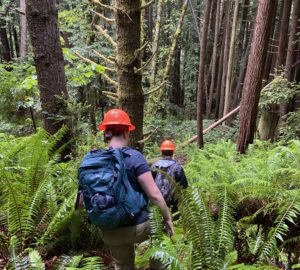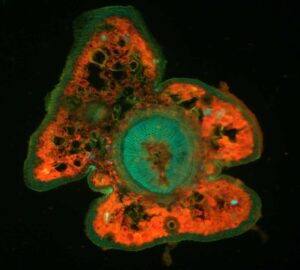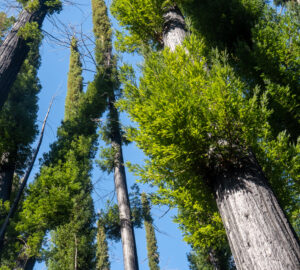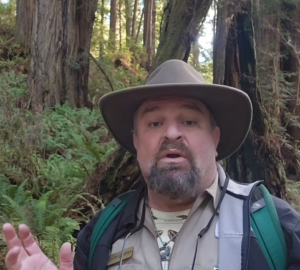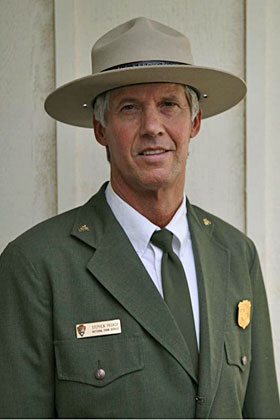
Before his appointment in 2013 as Superintendent of Redwood National Park, Steve Prokop supervised Kalaupapa National Historical Park in Hawaii. Most people would consider the two parks greatly dissimilar.
Kalaupapa, located on the island of Molokai, is tropical. Its essential purpose is to document and preserve the history of Hansen’s disease (leprosy) patients who were forced to live in a colony at the site. Redwood National Park is on the foggy, cool shores of Northern California, and serves as an anchor preserve for the coast redwood forest ecosystem.
But to Prokop, the story behind the creation of both parks is much the same: people coming together to protect a special place.
“I found the same spirit of cooperation, of determination to protect an irreplaceable resource, in both places,” said Prokop. “Redwood National Park would never have come into existence without the early work of groups like Save the Redwoods League. And their success is a victory for the world. I believe that we are stewards for an international, iconic treasure.”
Prokop says all the forest’s stakeholders — the federal and state governments, individual concerned citizens, and conservation groups such as Save the Redwoods League — share the same priorities.
“We all want to preserve and enhance the forest, educate the public about its significance, and help people enjoy it,” he said.
In recent years, the National Park Service’s educational mission has been greatly augmented by information technology, particularly social media.
“We’re finding that platforms like Facebook and Twitter are really helping us reach out and spread the word about the redwood forest,” Prokop said. “It enables us to disseminate information updates rapidly, and it also allows folks to take virtual tours of the park.”
Prokop said the preservation and enhancement component includes state and federal programs for road removal and prescription burning, “and we also rely on our citizen volunteers to remove exotic plants, plant native flora, and serve as our eyes and ears on patrols.” Finally, Prokop said, private partners are indispensable in helping the park achieve its acquisition goals.
“Funding from Save the Redwoods League, for example, supplemented finite federal dollars to acquire critical property at Prairie Creek on the Highway 101 corridor,” he said. “Now we’re concentrating on acquiring old second-growth parcels that are essential to the entire forest. We need the help of our private partners more than ever.”




